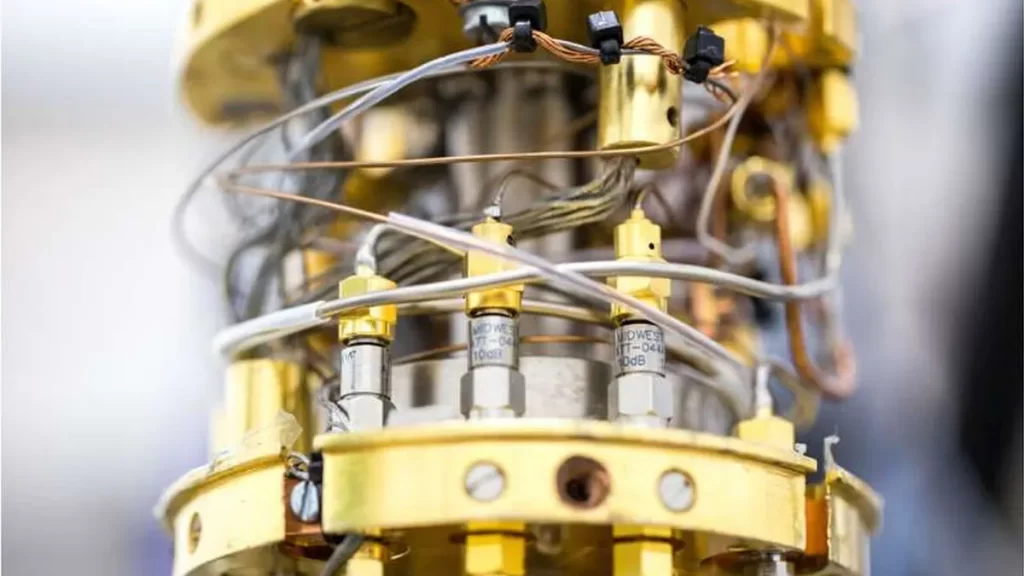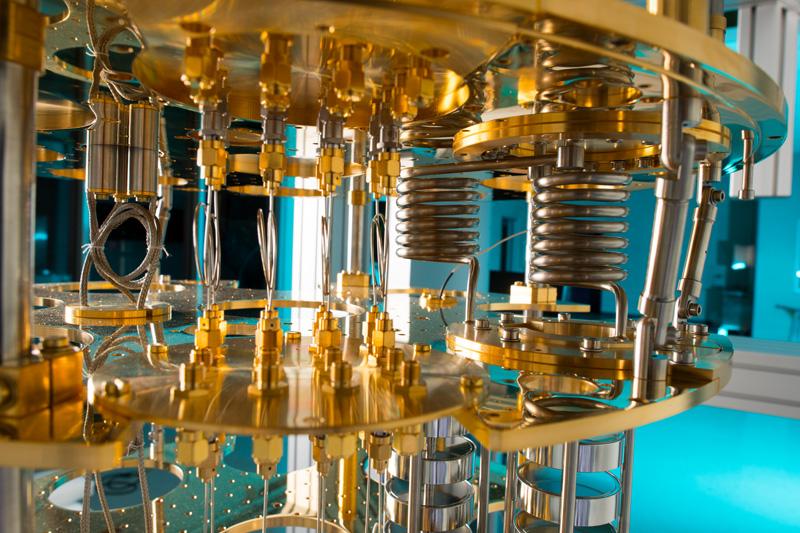The quest to understand measurements has been a rich source of intellectual fascination since the dawn of quantum mechanics. Interaction-free measurement is a basic quantum effect that determines the presence of a photosensitive object without irreversible photon absorption.
In a study exploring the connection between the quantum and classical worlds, scientists from Aalto University have discovered a new and much more effective way to carry out interaction-free experiments. They proposed the concept of coherent interaction-free detection and demonstrated it experimentally.

They used a three-level superconducting transducer device to detect the presence of microwave pulses generated by classical instruments. The transmon devices are superconducting circuits that are relatively large but still show quantum behavior. The experiment also showed a new way in which quantum devices can achieve results that are impossible for classical devices—a phenomenon known as a quantum advantage. Researchers generally believe that achieving quantum advantage will require quantum computers with many qubits, but this experiment demonstrated genuine quantum advantage using a relatively simpler setup.
If the experiment is successful, the Aalto University team behind the new paper would not be the first to accomplish such a feat; in fact, their experiment was inspired by Anton Zeilinger, one of the 2022 Nobel Prize in Physics winners. There was one significant difference, however: Zeilinger had been working with lasers and mirrors rather than microwaves and superconductors.

Scientists are now exploring other exotic forms of information processing, like counterfactual communication (communication between two parties without any physical particles being transferred) and counterfactual quantum computing (where the result of a computation is obtained without running the computer).
Interaction-free measurements based on the less effective older methodology have already found applications in specialized processes such as optical imaging, noise detection, and cryptographic key distribution. The new and improved method could increase the efficiency of these processes dramatically.


